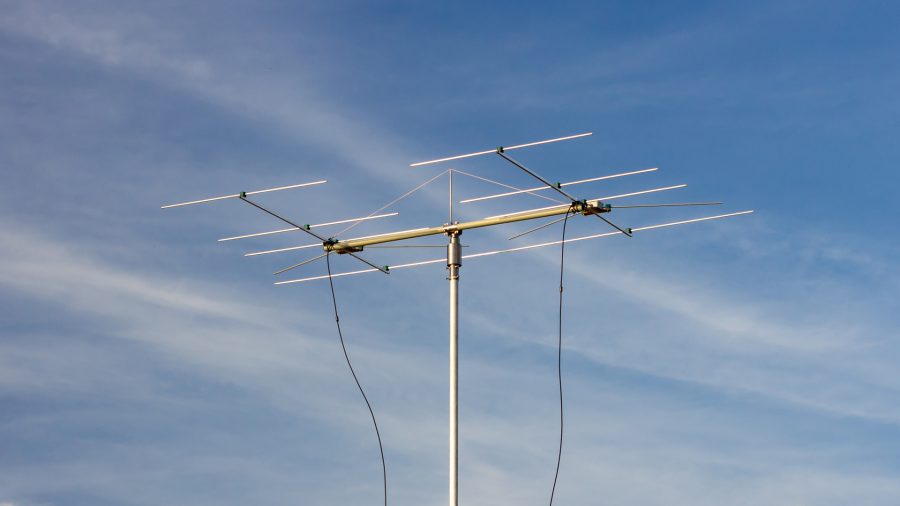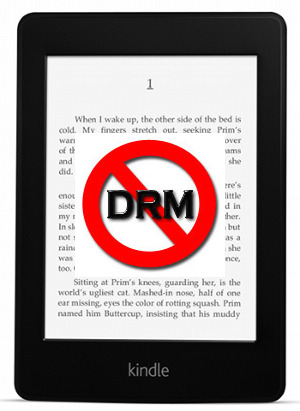

Multiply that result by the percentage of time the transmitter could be in use during the appropriate averaging period - 6 minutes for controlled exposure, 30 minutes for uncontrolled. The duty factors for various modes are shown in Table 2. To calculate average power, multiply PEP by the duty factor for the mode being used. One way of factoring in average exposure could be to determine the average transmitter power. This means that the total exposure for the averaging period must be below the limits. (PEP is the average power of a single RF cycle at the peak of a modulation envelope.) The MPE limits, however, are based on average exposure, not peak exposure. It's this aspect of the rules that raises eyebrows among hams.įCC rules define amateur power in PEP. The rules also require that some amateur stations be evaluated to verify that they are in compliance with the MPE levels. Your own household can also be a controlled environment if your family or guests have been given instruction about RF exposure and safety. An example of this is your fenced-in backyard.

A good rule of thumb is that the controlled exposure limit can be applied to those areas in which you can control access. Greater MPE levels are permitted in controlled areas. This includes "public" areas such as your property line or a neighboring apartment.Ĭontrolled environments apply where people are aware of their exposure and have the ability and knowledge to control it.

The uncontrolled environment applies to areas where people would not normally know they are being exposed. The rules define two exposure environments, each with different MPE levels. The actual MPE limits were explained in the January 1997 QST article. They do not limit the permitted radiated strength from a radio station and do not change the maximum power levels permitted to Amateur Radio operators. The MPE levels represent the amount of energy that can be present where and when people are being exposed. The rules set limits on the RF exposure levels people may be subjected to.


 0 kommentar(er)
0 kommentar(er)
